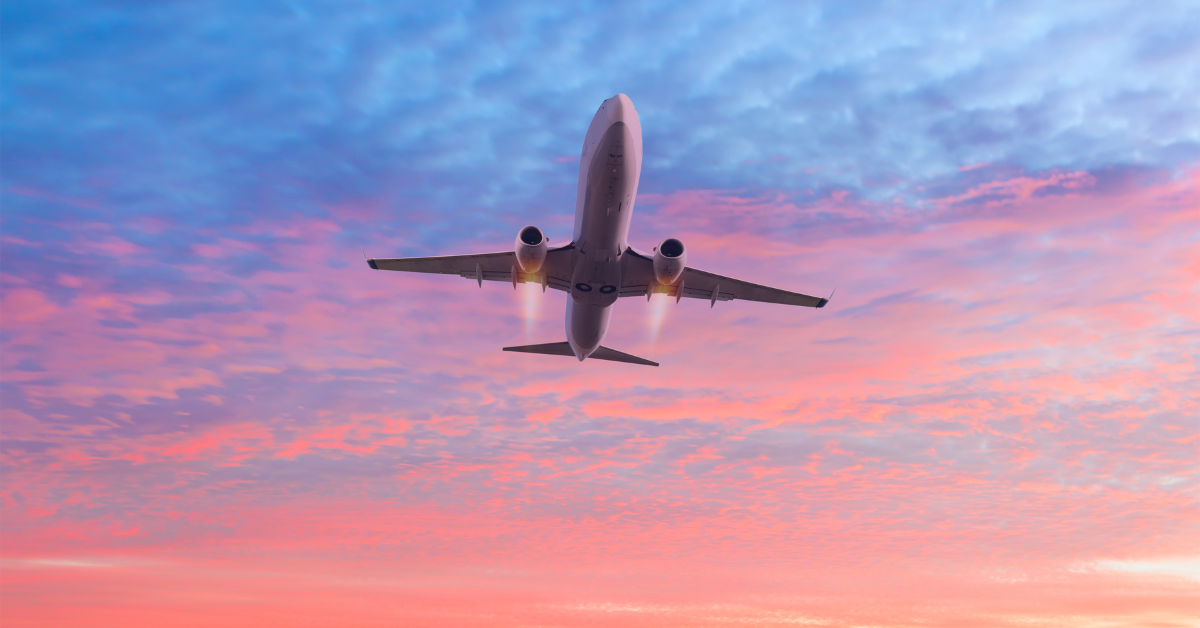Rise in plane turbulence: Is it safe to fly during severe turbulence?
Following the recent incident on a flight from London to Singapore that killed one person and injured dozens more where severe turbulence saw the plane fall more than 6,000 feet in 3 minutes, questions are being raised about the frequency of turbulence in recent years and whether it is safe to fly in these conditions.
Flight SQ321 was 10 hours into its journey flying at an altitude of 37,000 feet when it encountered the turbulence. A 73-year-old Briton died of a suspected heart attack during the flight. 6 people are reportedly suffering severe injuries, and 39 have moderate injuries.
This is Singapore Airline’s first fatal incident in 24 years
Singapore Airlines has been ranked one of the World’s safest airlines. Airline Ratings, an Australia-based aviation safety agency, gives safety and product scores to airlines. Singapore Airlines has received a safety rating of 7/7 and a product rating of 7/7. The agency assesses the airline safety based on passing all major audits, taking into consideration whether the airline has experienced a fatal crash in the last 5 years and whether it has suffered serious pilot-related incidents.
Why is turbulence more severe and frequent now?
According to scientists at Reading University, severe turbulence has increased 55% between 1979 and 2020 on a typically busy North Atlantic route. Many put this increase down to global warming, with wind speed increasing at high altitudes due to warmer air from carbon emissions. Another contributing factor could be the increased number of flights. With skies being busier, it makes it more difficult for pilots to avoid turbulent areas in the sky whilst maintaining the minimum safety distance from other aircraft.
What can we do to stay as safe as possible?
These are some ways you can feel safer and more relaxed on your next flight:
- Make sure you listen and follow pilot’s guidance and announcements. Ensure to remain quiet when pilot’s or other crew are making announcements.
- Make sure to stay calm during turbulence, as this can help calm others around you.
- Put any loose items away safely during turbulence.
- And finally and most importantly – Keep your seatbelt on whenever you are seated. This will help keep you safe and secure during any turbulence.












